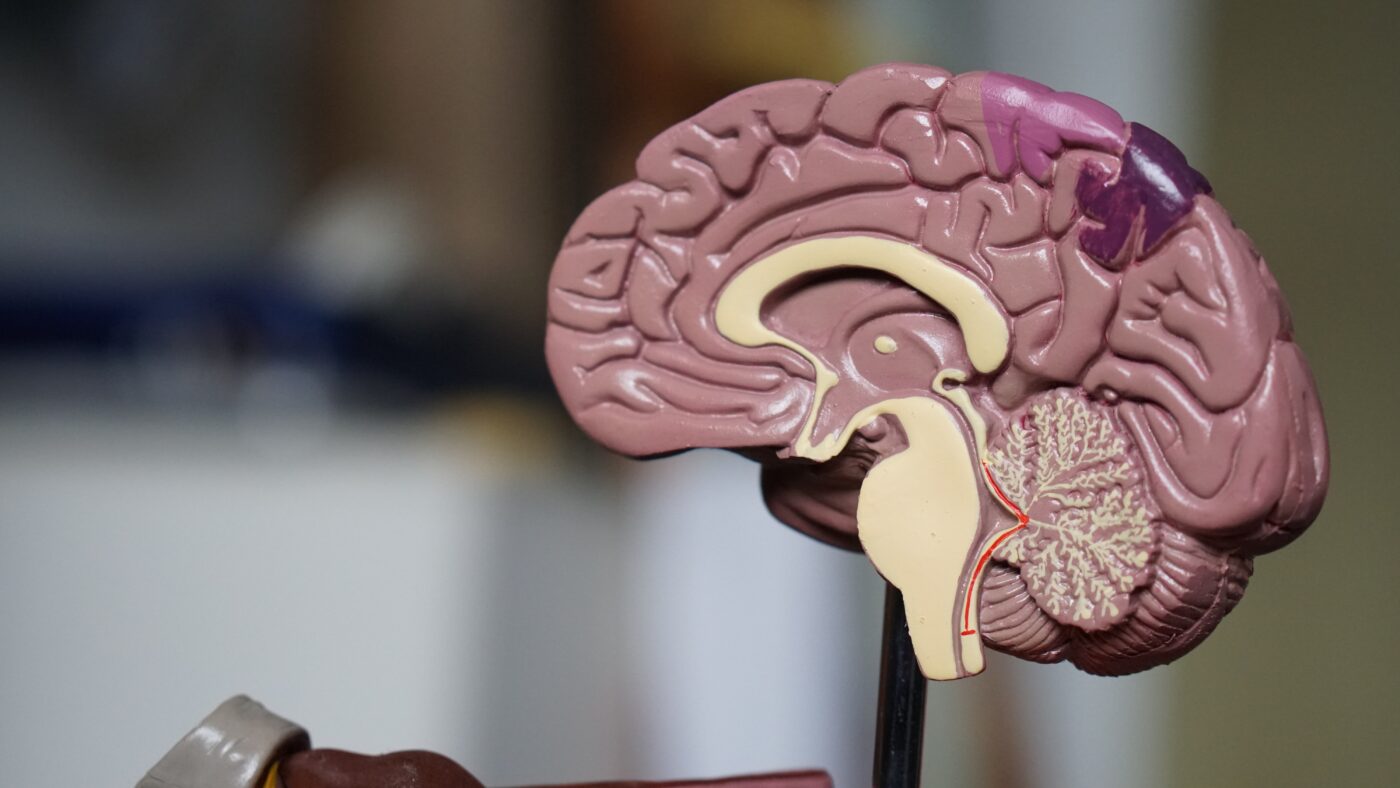
Did you know that where you look affects how you feel?
Dr. David Grand discovered this phenomenon in 2003 when he developed a new powerful brain-based therapy called “Brainspotting.” Brainspotting is used to identify, process, and release
emotional and bodily pain that we may not have access to in our conscious minds. It is
often used to help treat trauma but has also been utilized to help improve athletic and
artistic performance.
What does a Brainspotting treatment look like?
A therapist can perform brainspotting by asking their client to think of a problem they are
experiencing. She will then guide the client to move and hold their eye position (left to
right; up and down) and explore the sensations they are feeling in their body and mind.
These different eye positions are “brainspots” and are thought to stimulate different
parts of the brain. Most people will find that they experience more pain in one brainspot
than the others. People may even experience certain reflexive responses in a brainspot
such as eye twitches, pupil dilation, facial tics, yawns, and body shifts. A therapist
practicing Brainspotting is trained to take note of these reflexive responses. Therapists
will also ask their clients to maintain the eye position/Brainspot where they feel the
highest intensity of distress/pain, and they will ask their clients to explore their
bodily/emotional experiences. This attentional focus is thought to help stimulate the
healing process within the brain by challenging the previously conditioned maladaptive
emotional and psychological responses.
Who will benefit from the treatment?
Brainspotting is a particularly useful treatment when physical symptoms are
directly corresponding to psychological and emotional symptoms. For instance, when
experiencing heartbreak people physically experience pain in their chest and heart. Or,
when experiencing anxiety it may be particularly hard to understand and describe the
symptoms without describing the physical experience of tightness in the chest and knots
in the stomach. Talk therapy alone can also address issues people have conscious and
cognitive access to. With brainspotting and other somatic-based therapies, the scope of
what we can address in therapy expands, and the chances of healing increase.
To learn more about brainspotting check out the website https://brainspotting.com/. If you would like to practice brainspotting and other somatic therapeutic exercises from the comfort and convenience of your home, download the “Faces of Health” app from the Apple Store or Google Play store.
